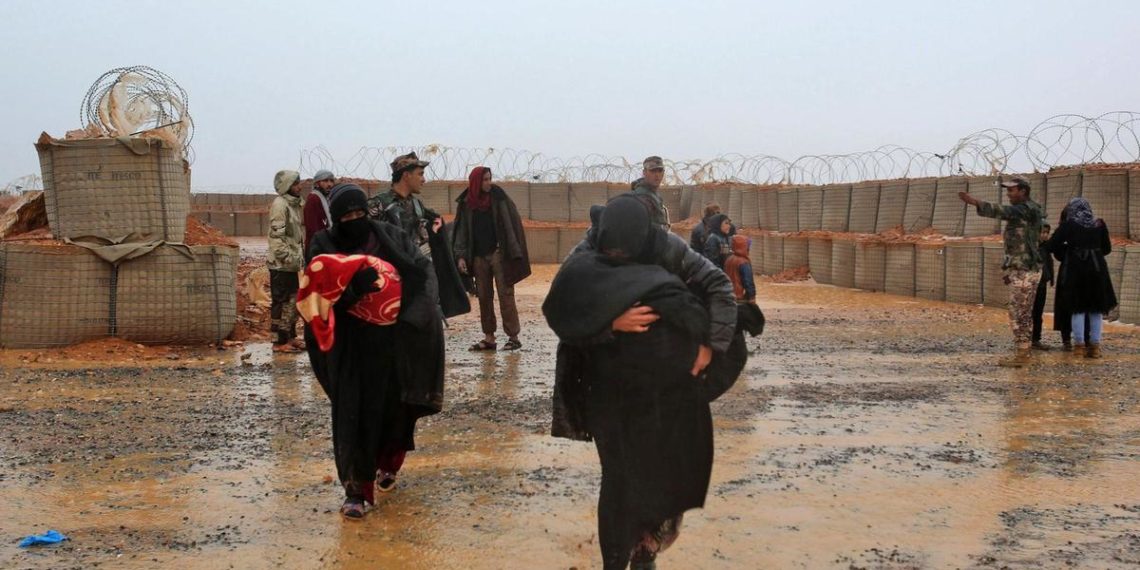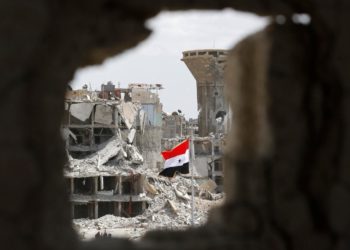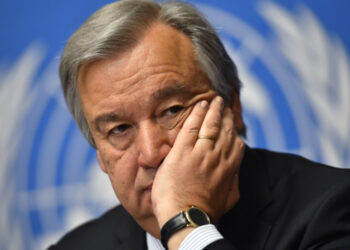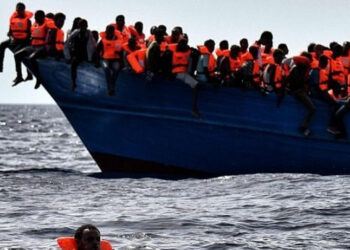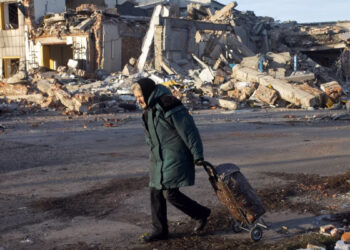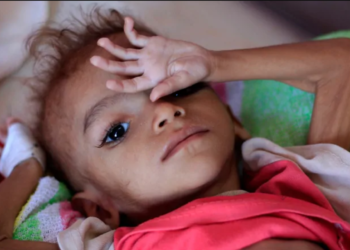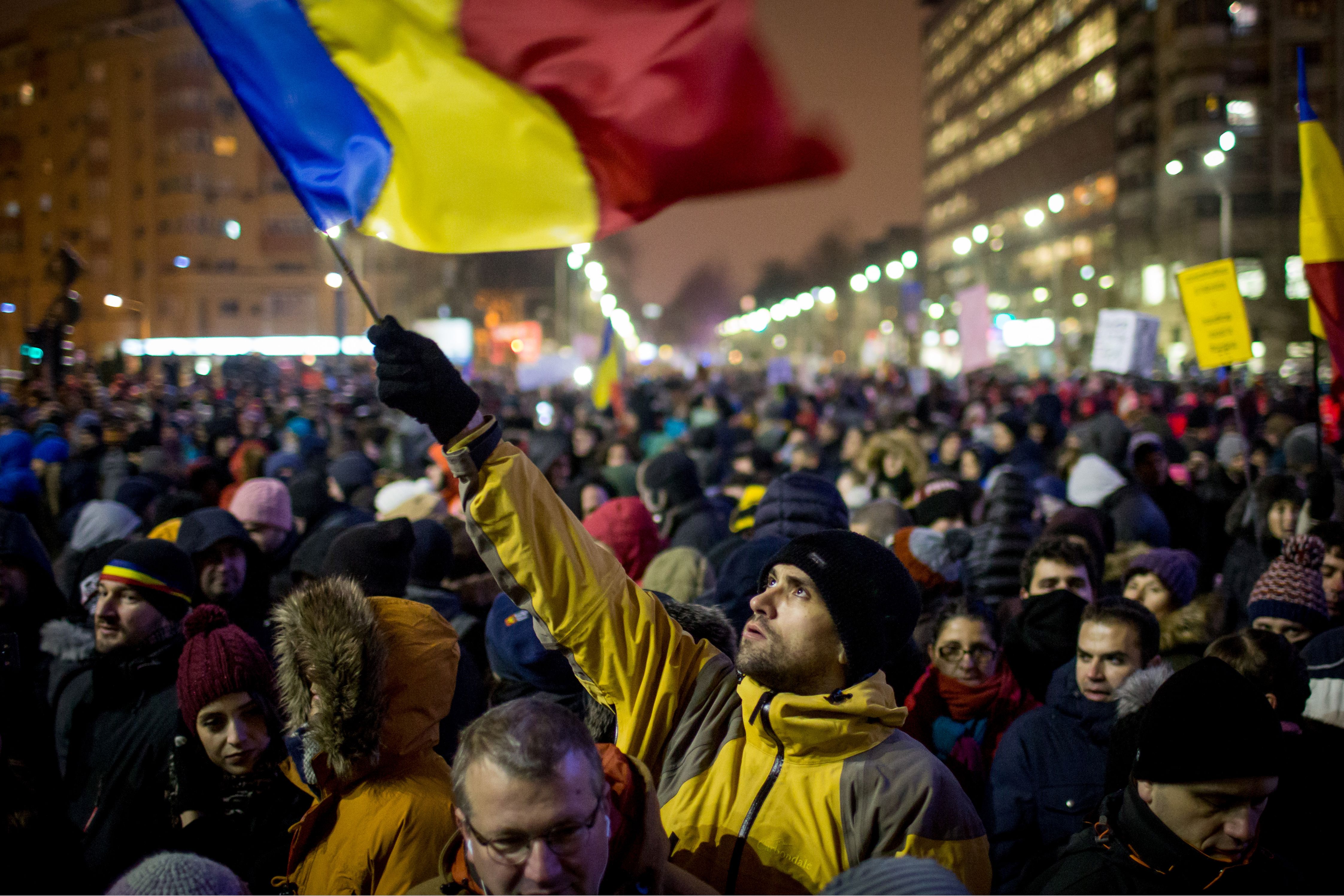More than 40,000 displaced people remain stranded in the notorious Rukban camp in south-eastern Syria facing the lack of food, clean water, and medical care. But it is women and girls who have been bearing the brunt of the situation suffering from sexual abuse and harassment in this barren no man’s land near the Jordan border.
According to the U.N. Refugee Agency, UNHCR, the majority of the civilian population at Rukban are women and children forced to live in makeshift shelter with no privacy or protection from the harsh weather conditions.
“Early marriages for girls are commonplace. Some women have been subjected to serial marriages, and some told us they had turned to survival sex as a last resort. Many women are terrified to leave their mud homes or tents and to be outside, as there are serious risks of sexual abuse and harassment,” UNHCR spokesperson Andrej Mahecic said during a press briefing on Friday.
He added that there are some mothers who keep their daughters indoors because they are too afraid to let them go to improvised schools.
“Hopelessness and desperation shows in the faces of children,” Mahecic said.
It's every parent's nightmare.
These mothers are stranded in the remote camp of Rukban, #Syria, with seriously ill children and no way to treat them.
Families need ongoing and unconditional access to humanitarian aid now. pic.twitter.com/KM7VhJ5Tyv
— UNICEF (@UNICEF) February 15, 2019
‘Most Complex’ Humanitarian Mission
In 2016, the U.S.-led coalition fighting the Islamic State group established a base at Al-Tanf, northeast of Rukban. It created a 55-kilometer “de-confliction line” around the base, a sort of tripwire to keep rival Iran-backed forces away from the area. Rukban fell within that zone.
That same year, Amman sealed its border near Rukban after an Islamic State suicide blast in Jordan that was allegedly launched from the camp. And with aid agencies unable to reach Rukban from Damascus without regime permission, its residents were stranded.
On February 6, an aid convoy reached Rukban, the first such delivery in three months. The UNHCR described it as “one of the largest and most complex” U.N. and Syrian Arab Red Crescent (SARC) humanitarian missions during eight years of the Syria crisis. It involved 133 trucks carrying aid and more than 300 humanitarian staff and volunteers.
During the closely-monitored distribution stage, people in the camp got food, medicine, winter equipment, and clothing, as well as hygiene kits for women and girls.
Most of the 40,000 displaced people staying at #Rukban are women & children. Conditions at the remote desert site are incredibly harsh. While @UNinSyria is proving assistance, people here need much more support & to be able return to normal life in a place of their choosing pic.twitter.com/0myTRLDSgx
— OCHA Syria (@OCHA_Syria) February 10, 2019
‘Camp of Death’
Mahecic said conditions in Rukban are desperate, and whatever commodities manage to reach the camp are beyond most families reach due to high prices.
“Even the most basic healthcare does not exist and overall health conditions are catastrophic. Those most vulnerable are women, children and the disabled, who have no support and are left to fend for themselves,” he said, noting that cold weather has exacerbated an already dire situation with at least eight young children dying in the last month.
According to UNHCR, some of the families have been at Rukban for more than four years, and most people there say they want to go back home from this “camp of death.”
“While the delivered aid provided some immediate relief, most people want a meaningful and sustainable solution to their plights. None of the children born in Rukban has any civil documentation; no birth certificates, not even a birth notification,” Mahecic said.
“Food is scarce and I cannot get diapers or even medicine for my sick daughter.”
~ Eida, a displaced woman from Homs who has been living in Rukban for 4 years. More than 40,000 displaced Syrians live in the remote Rukban ‘makeshift’ settlement. https://t.co/JKLWuDUBdr pic.twitter.com/h5C0QhjgBW
— UNHCR, the UN Refugee Agency (@Refugees) February 12, 2019
With reporting from AFP


